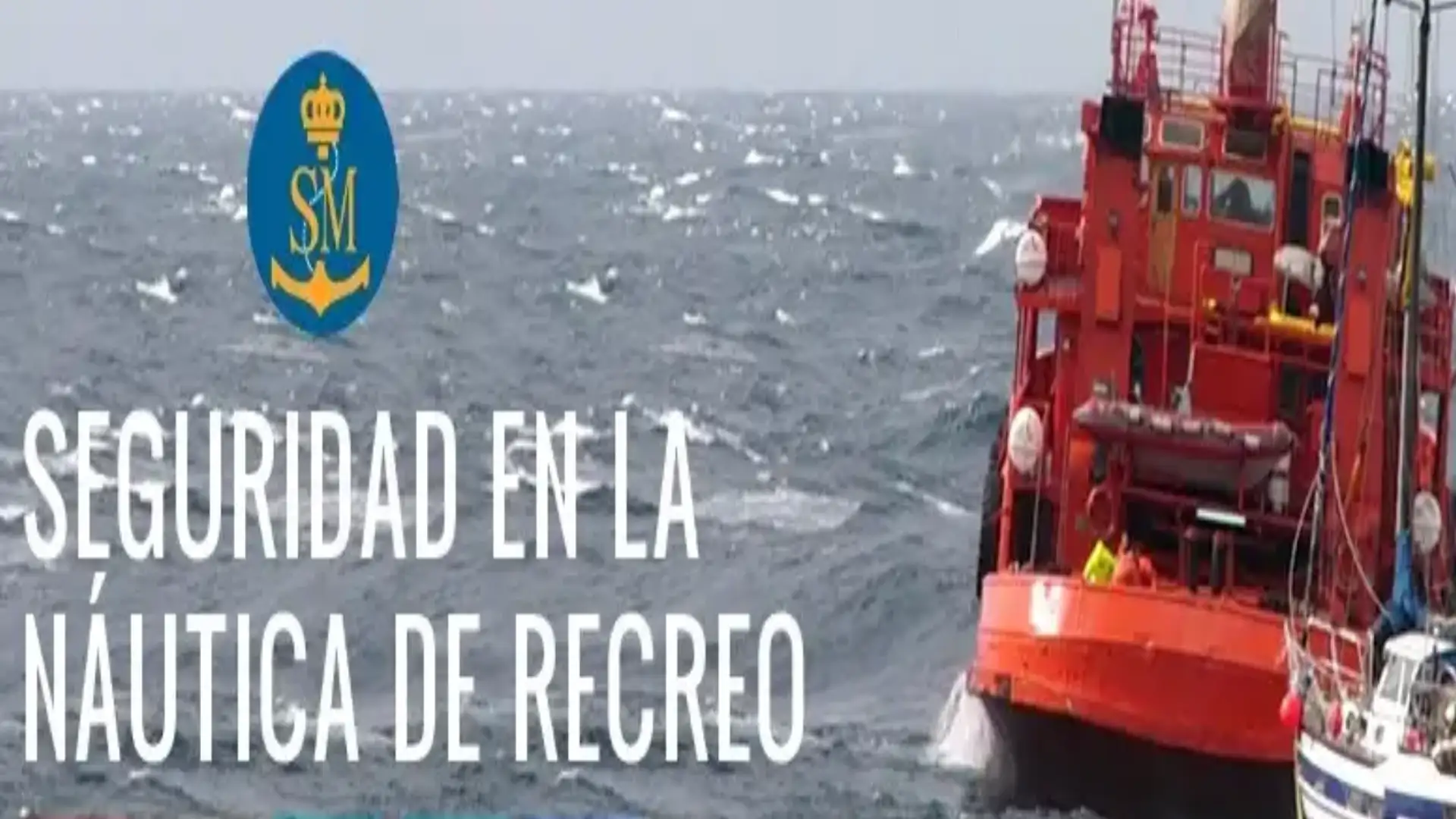
SM Security Tips (5): During Navigation
SM Security Tips (5): During Navigation
From the moment the bins are long, the master is responsible for the safety on board his boat. Don't hesitate to impose your authority. Take a responsible calm attitude in all circumstances to build confidence between the crew and guests. Keep a course and speed adjusted to wind and waves circumstances, ensuring the comfort and safety of all. Recreation navigation is a pleasant activity, not a competition or suffering.
Danger of approach and collision
Maintain constant visual and radar surveillance (if available) of the waters in your environment and respect the "International Regulation to Prevent Behaviour at Sea," especially in the access to the ports and in the vicinity of the coast. The collision with a floating object between two waters (trunks, containers, cetaceans) cannot be expected, especially at night, and can lead to a dangerous water way, a turn or severe trauma. There are no recommendations to avoid this type of approach. If you notice a drifting object that may endanger navigation, immediately notify the Maritime Rescue.The approach with another vessel can be easily avoided if proper surveillance is maintained and the Regulation is respected.
The approach with a commercial or large-tonnage fishing vessel is extremely dangerous and must be avoided at all costs, without waiting for the other manoeuvre, even if we are in our right.
- Review and memorize the International Regulations.
- Do everything you can to see (rain, rotions, sunset).
- Do everything you can to be seen or heard.
- Calculate by estimate the course and speed of a large ship.
- Watch the dead angles of vision (foke, ball).
- Always keep a person on the bridge and / or at the helm.
- If he sails, distrust that they will respect his preference.
- If you sail on a motor boat, respect the boat's preference.
- If necessary, on a sailboat, start the engine to avoid an approach.
- Turn on the navigation lights from sunset.
- Use the VHF to alert the ship that can board us.
- Make a radar reflector as high as possible. Preferably, reflectors should be "active," of the TEN type (Radar Target Enhancer). The response of these devices to a radar signal is stronger and more consistent. They also have low consumption and reasonable price.
What not to do
- To believe that we have been seen or heard
- To think that a great ship can maneuver or stop quickly.
- To trust that everyone respects the Rules of Procedure.
- To underestimate the speed of a large ship.
- Sail through a DST (Traffic Separation Device) or in Canales without taking all precautions to respect large ships.
If you sail near the coast, watch the presence of red or orange buoys, which indicate the presence of a submarine fisherman, and the vessels showing the flag "A" of the International Code of Signals indicating the presence of divers. Leave a minimum of 25 meters around the Vigile signage with care to windsurfers, water motorcycles, flattened fishing gear and marked with buoys (risk of hitch on the propeller or rudder), and to fishing vessels with restricted navigation.
"Bad weather" announcement
In normal conditions, and after having consulted the Meteo Bags, you should not be surprised by the bad weather in full navigation, except for long journeys.
- Prepare the boat to withstand the bad weather, straining everything you can move and clearing the boat from loose objects. Check that the hatches and tambourines are perfect, especially the front ones.
- Get everyone to warm up and put on the life jacket.
- Keep the necessary number of people on deck, holding the rest inside the cabin and sitting. Use the harness (if any).
- Adjust the speed and course to the circumstances.
- Notify everyone in advance of the arrival of larger waves and changes in course and speed.
- To move on deck, inline the body to the inside of the boat, always nodded to a resistant point and distrusting the candlesticks. Don't hesitate to move on four legs.
© 2024 Nautica Digital Europe - www.nauticadigital.eu












